Rising Smartphone Penetration
The proliferation of smartphones in the GCC region is a key driver of the The proliferation of smartphones in the GCC region is a key driver of the mobile banking sector.. With smartphone penetration rates exceeding 90%, consumers are increasingly utilizing mobile devices for banking services. This trend is particularly pronounced among younger demographics, who prefer the convenience of mobile banking applications. As a result, banks are optimizing their services for mobile platforms, leading to a projected increase in mobile banking transactions by 25% in the coming years. The accessibility of mobile banking services through smartphones is reshaping consumer behavior, making it a vital component of the mobile banking market.
Consumer Demand for Convenience
There is a growing consumer demand for convenience in banking services, which is significantly influencing the There is a growing consumer demand for convenience in banking services, which is significantly influencing the mobile banking sector.. Customers are increasingly seeking seamless and efficient banking experiences that can be accessed anytime and anywhere. This shift in consumer behavior has prompted banks in the GCC to enhance their mobile banking offerings, including features such as instant fund transfers and bill payments. Recent surveys indicate that 70% of consumers prefer using mobile banking apps over traditional banking methods due to their convenience. As banks respond to this demand, the mobile banking market is likely to expand, catering to the evolving preferences of consumers.
Regulatory Support and Frameworks
The The mobile banking sector benefits significantly from supportive regulatory frameworks established by GCC governments. benefits significantly from supportive regulatory frameworks established by GCC governments. Initiatives aimed at promoting financial inclusion and digital transformation are encouraging banks to adopt mobile banking solutions. For instance, the Central Bank of the UAE has implemented regulations that facilitate secure digital transactions, which has led to a 20% increase in mobile banking users over the past year. Such regulatory support not only enhances consumer confidence but also encourages innovation within the mobile banking market. As regulations evolve, they are likely to create a more conducive environment for the growth of mobile banking services, ultimately benefiting both consumers and financial institutions.
Increased Focus on Financial Literacy
The The mobile banking sector is also being driven by an increased focus on financial literacy among consumers in the GCC. is also being driven by an increased focus on financial literacy among consumers in the GCC. Educational initiatives aimed at improving understanding of digital banking services are empowering users to engage more confidently with mobile banking platforms. As financial literacy improves, more individuals are likely to adopt mobile banking solutions, leading to a projected growth of 18% in user adoption rates. Financial institutions are recognizing the importance of educating their customers, which not only enhances user experience but also fosters trust in the mobile banking market. This emphasis on financial literacy is expected to play a crucial role in the sustained growth of mobile banking services.
Technological Advancements in Mobile Banking
The The mobile banking sector is experiencing a surge due to rapid technological advancements. is experiencing a surge due to rapid technological advancements. Innovations such as artificial intelligence (AI) and machine learning are enhancing user experiences and operational efficiencies. In the GCC, the integration of biometric authentication methods has increased security and user trust, leading to a projected growth rate of 15% annually in mobile banking applications. Furthermore, the rise of 5G technology is expected to facilitate faster transactions and improved connectivity, thereby attracting more users to mobile banking platforms. As a result, financial institutions are investing heavily in technology to stay competitive in the mobile banking market, which is becoming increasingly essential for customer engagement and retention.


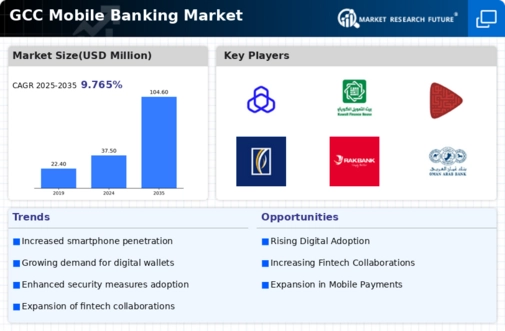
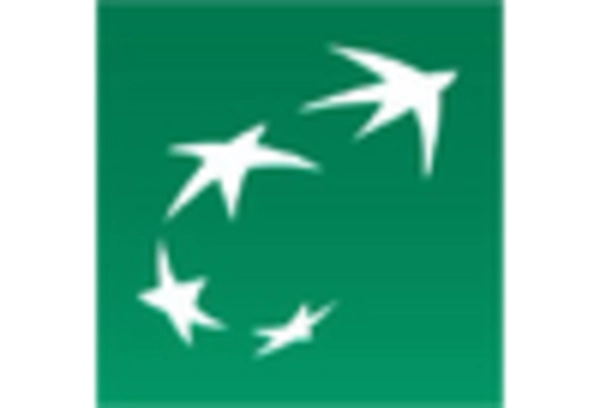

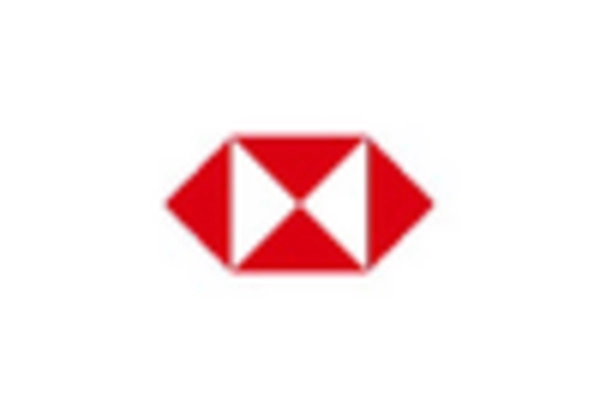

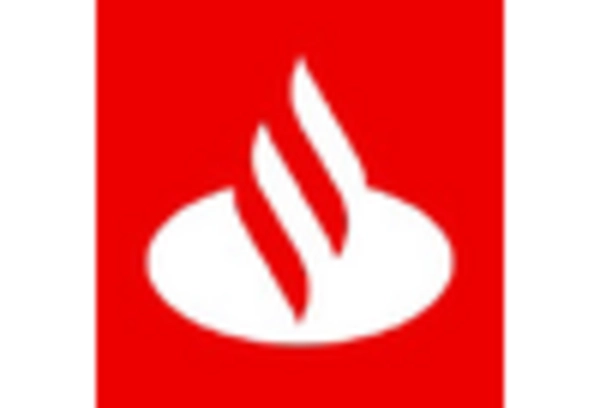
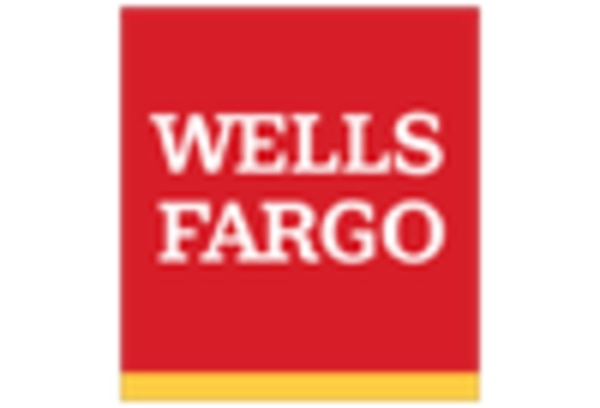








Leave a Comment